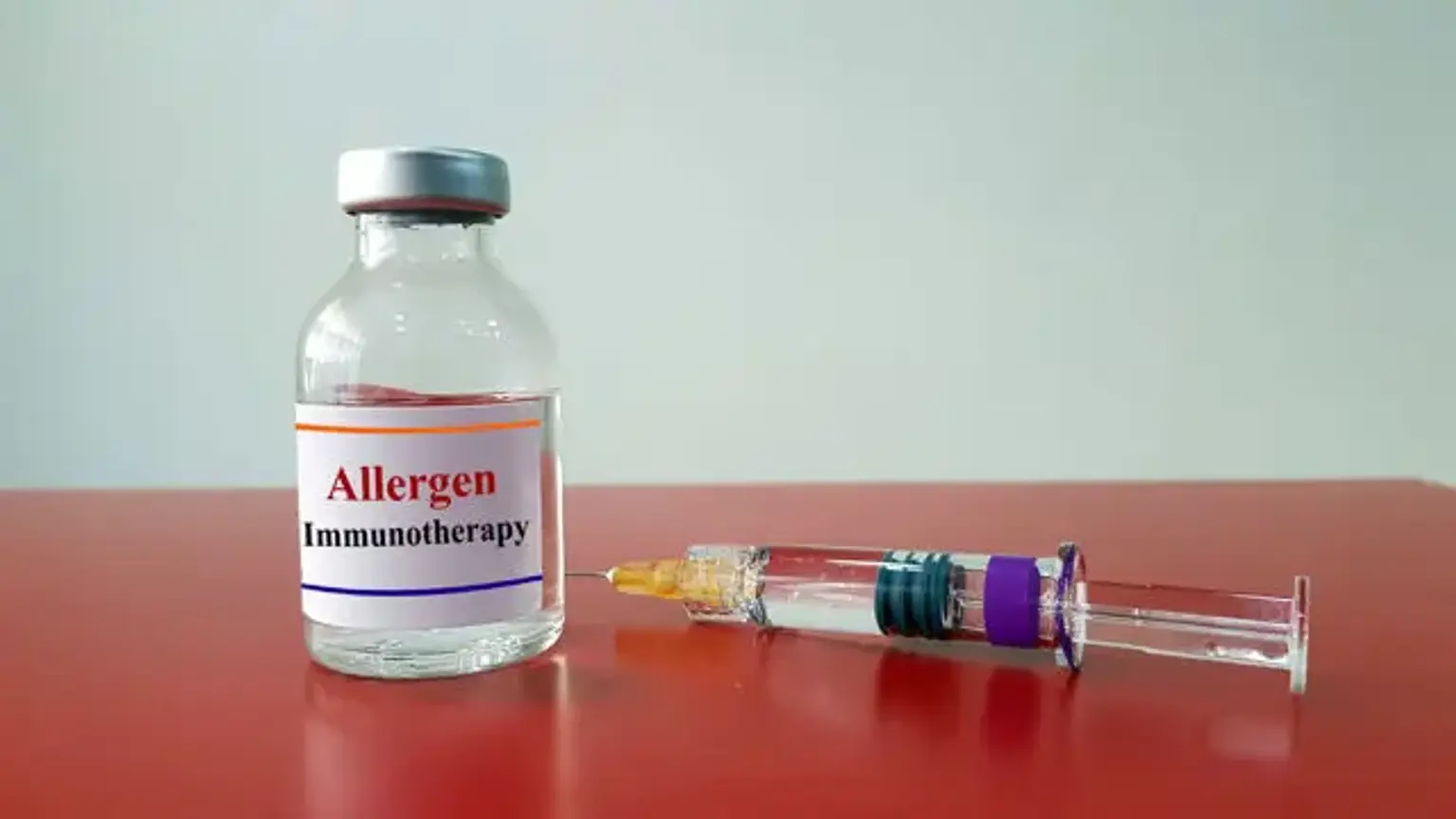Allergen-specific immunotherapy
Allergen-specific immunotherapy is a potentially disease-modifying therapy that is useful in the treatment of allergic rhinitis/conjunctivitis, allergic asthma, and stinging insect hypersensitivity. Despite its demonstrated usefulness in these cases, it is routinely underused in Canada.
The decision to proceed with allergen-specific immunotherapy should be made on a case-by-case basis, taking into account individual patient factors such as the degree to which symptoms can be reduced by avoidance measures and pharmacological therapy, the amount and type of medication required to control symptoms, the adverse effects of pharmacological treatment, and patient preferences.
Because this method of treatment entails the danger of anaphylactic responses, it should only be recommended by physicians who are well-trained in the treatment of allergic disorders. Furthermore, injections for subcutaneous treatment must be administered under medical supervision in clinics that are equipped to handle anaphylaxis.
